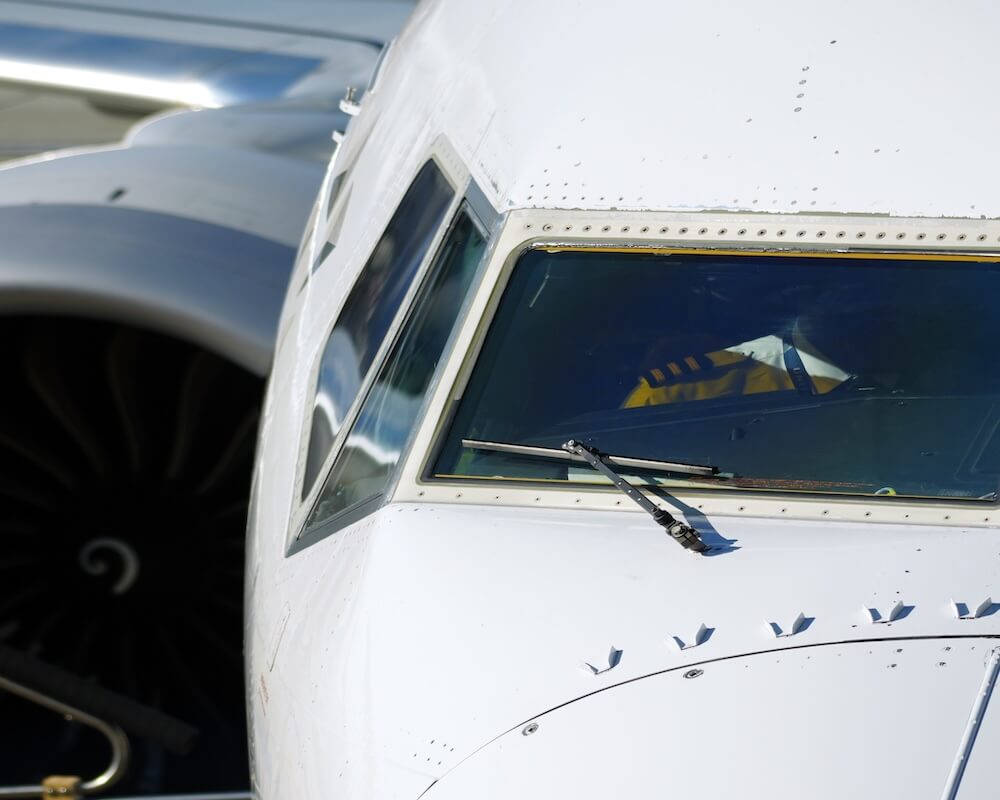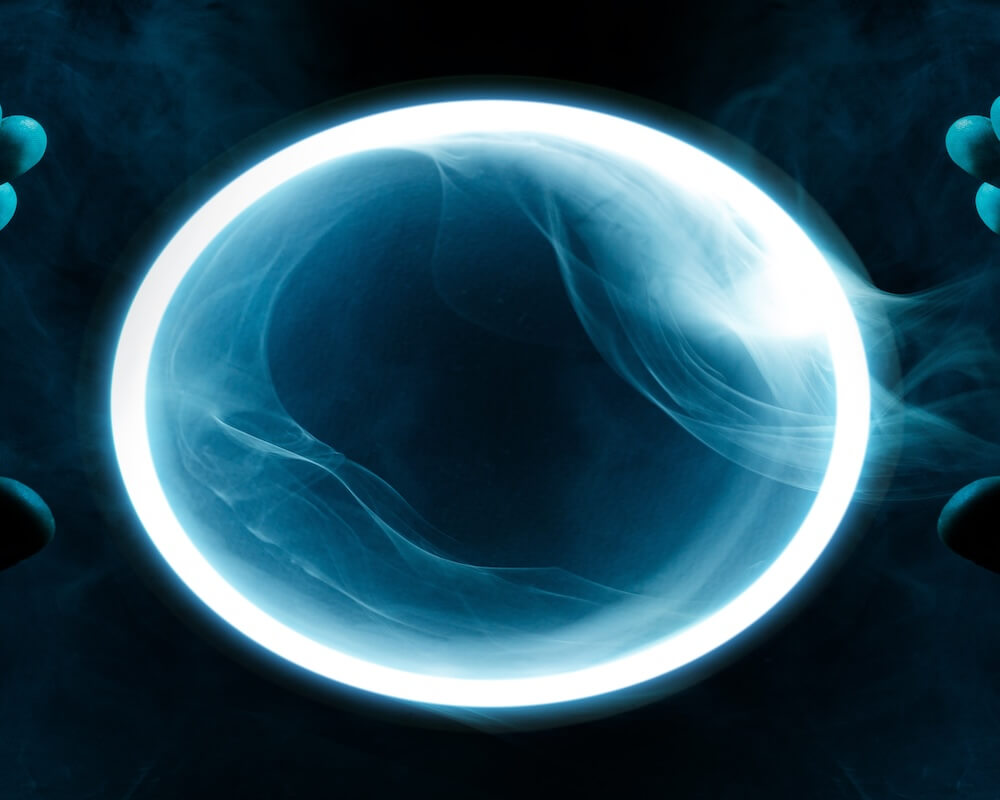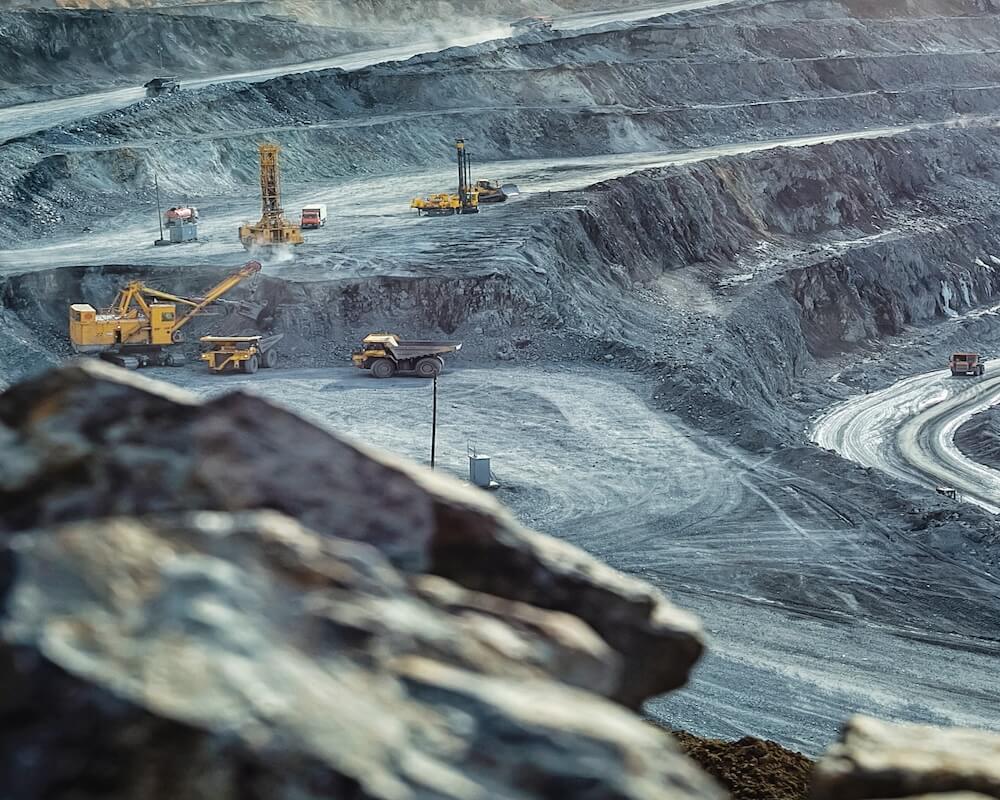
Posted November 20, 2023
By Byron King
My Visit to the Ground Zero of Money
It was dark and drizzly outside, and chilly in the way that only Hamburg can be, considering how the strong, damp North Sea wind whips up the Elbe River valley. I saw the Intercity Express (ICE) train at a distance, as it curved around the final bend into the station and pulled up along the platform.

Your editor’s train to Berlin, and then to Ground Zero.
Helpfully – and with characteristic thoroughness – the online Deutsche Bahn scheduling app informed me where on the platform to stand, so that I would be exactly where the train doors opened for my assigned car. I stepped aboard, found my seat, and within moments was rolling at over 150 miles per hour towards Berlin, with a six-minute window there to catch another train south to Dresden. Which is another way of saying that in Germany, the trains still run on time.

Dresden, in the German state of Saxony.
My destination was Ground Zero for money. Yes, I was headed to where it all began; where the entire modern monetary system can trace its roots.
Sure, the idea of money has been around for millennia, since cavemen traded seashells and pretty stones, I suppose. Or more recently since the days of ancient Greece and her drachmas; since Rome and her denarii. Money seems to be one of those things that comes with the basics of human civilization.
But what about our beloved U.S. dollar, the current global reserve currency? Where did it come from? Who invented it? What’s the DNA of the buck? Well, read on and I’ll tell you…
Out Kicking Rocks
First, to be perfectly candid, this was no touristic boondoggle. I was on an exploration site visit.
I was in the region of Saxony in southeast Germany. And around here is where the story begins, about 900 years ago. But it’s not just cool history.
In fact, many old lessons about money, developed over centuries in this part of Europe, are still valid. They resonate. And routinely, modern governments make dumb monetary mistakes that, in centuries past, cost emperors entire kingdoms.
I traveled here because Saxony is old mining country, going back 2,400 years according to archaeologists. Indeed, it makes perfect sense that people mined the ground around here long ago, because southwest Germany is home to a mountain range called the Erzegebirge; the “ore mountains.” And the first mines in the region predate even the Roman Empire.
Right now, a German group is working out in the field, applying modern exploration techniques to this ancient mining district, and the results are promising. The old-time miners chased high-grade ores, to be sure. But they lacked the science and technology to get at the lower-grade materials, and there’s still much valuable metal in those hills. I was there to see and listen, to think and ask questions. And I’ll have more on that some other time…
For now, we’re discussing the past because it’s so absolutely fascinating and informative.
This Is Where Your Money Began
There’s little doubt that, long ago, more than a few Roman denarii were minted from ores that came from Saxony, but let’s not dwell on that. Fast-forward past the fall of Rome, through the Dark Ages, and settle into the early 1100s, when miners struck big deposits of silver… along with lead, copper, gold and much else.
As a result, the area we now call Saxony had a mining boom. As you can imagine, people soon arrived to work the mineral deposits, as well as to prospect for more and to do all the other jobs that involve supporting a major development effort.

Stained glass depictions of early mining work, Dresden Residenzschloss. BWK photo.
Meanwhile, at a long-inhabited site along the Elbe River (yes, the same Elbe that spills out far downstream into the North Sea via Hamburg), a small settlement began to grow under the name of Dresden; a word derived from a long-lost language, which scholars say translates as “swamp.”
And not just Dresden. Indeed, with new mines and large amounts of ore from the ground, the entire Saxony region saw the creation and growth of dozens of new, small settlements, key among them the town of Freiberg.
Okay, so people – especially German historians – write thick books on this kind of development, but I’ll spare you the details and leap through a lot of time and space to get to the point of this note.
Mining Means Wealth
For a variety of fascinating geological reasons, the Erzegebirge range in Saxony is astonishingly well-endowed with mineral systems. And sure, over many centuries the region endured mining booms and busts. Europe suffered wars, plagues and natural disasters. There were good rulers and not-so-good. Things happen, right?
But century after century, the miners of Saxony kept on digging and producing rich ore from the veins of their mountains. Think Snow White and those seven dwarves. “Off to work we go,” every day for nine centuries.
One very common metal that came from the mines, mills and smelters was silver, always useful in art and industry, and essentially money in its own right.
For several centuries, between the 1100s and about 1500, numerous towns across Saxony mined ores, produced metals and set up mints to produce coins of varying degrees of fineness. Often as not, both royal and religious personages vied to have their image on the coins as a sign of their political power and prestige. And vast numbers of coins went into circulation.

One of six coin display rooms at the Dresden Residenzschloss museum, displaying well over 3,000 coins out of a total collection numbering over 300,000. BWK photo.
In the early 1500s, in an area south of Dresden (now called Bohemia, in the Czech Republic), miners discovered a particularly large silver deposit at a site called Joachimsthal; which means “Joachim’s Valley,” in that the word thaltranslates to valley.
This area yielded enough high-grade silver to change the monetary game, so to speak. That is, local mints were now able to produce large numbers of silver coins with consistent amounts and purities of silver metal. And these coins came to be called “thalers,” after Joachimsthal.

Early 1500s Joachimsthal thaler coin, both sides; Royal Bohemian Mint.
Indeed, thalers rapidly displaced most other forms of coinage across Saxony, and then across Europe. Merchants traded in thalers, bankers banked them, and governments taxed and budgeted in terms of thalers. They offered such security that people even wrote paper guarantees against them, which is the origin of modern notes and bonds.
The coins themselves were of consistent size and weight, assured fineness, and overall a trustworthy form of money.
Thalers took such deep root that even when Spain and Portugal began to sail treasure ships filled with silver back from the New World, their new metal was cast into coinage that resembled thalers; the “piece of eight” being one such example.
Now consider how, with thalers, people had access to a widely used coin, with consistent weight and purity. It was trustworthy. You could trade with it, bank with it, pay your taxes with it, and it was generally accepted in trade everywhere. People even wrote bonds and legal notes against it.
Well, isn’t that something like a universal currency? Something like what we today call the world’s “reserve currency”? Hold that thought…
The Good Fortune of Mining and Minting One’s Own Money
Any government is fortunate to be able to mint its own money, especially if the world will accept it in trade. And such was the good fortune of Saxony over many centuries.
Indeed, Saxony became one of the wealthiest jurisdictions in Europe based on the area’s ability to produce ore from the ground, and then mint coins with images of its kings, queens and religious players on the faces.
Mining towns across Saxony became wealthy, and the seat of central government in Dresden became very, very wealthy. Century after century, successive powers added to the beauty and glory of the place.
Dresden became a treasure chest of a city, “Florence on the Elbe,” as some called it. Rulers and their court supporters built one palace or castle after another, filled with all manner of valuable artwork, along with vast armories stuffed with weapons to keep invaders at bay. (Much of it was destroyed in World War II, another story for another time.)
Another way to describe the history in all of this is that Europe’s periods of Renaissance and Baroque were funded in large measure by the mines of Saxony, accounted for in silver thalers. And these thalers created not just modern Western culture, but the underlying monetary system that paid for it all.
Along the way, Saxony became the premier locale in the world for new mining techniques. Bar none and nowhere else, modern mining was invented in Saxony, along with much basic thinking about geology, structures, ore deposits and mining. In 1765, the Mining Academy at Freiberg was established, and it remains today one of the world’s leading institutions for research in its field.
It’s fair to say that Saxony turned mining from a local craft into a new industry, and thus laid the intellectual and engineering foundations for the Industrial Revolution.
Meanwhile, innumerable minerals and related compounds were first identified by Saxon miners, and the composition and structure of these substances inspired much of what became the field of chemistry. Early in the days of modern science, in the 1700s and 1800s, proto-chemists were, at root, mineral collectors with strong curiosity. One after another elements were isolated and identified by chemists trying to figure out what was inside the minerals they had collected and placed on their table.
Origins of the Dollar
If you have not yet discerned the eventual evolution of thalers, say the word a few times fast, and then utter the word, “dollar.” Because yes, the underlying concept of the thaler is what became the U.S. dollar. Thalers were the model for dollars in terms of size and weight, meaning an ounce of silver.
Indeed, when the newly constituted United States adopted its Constitution in 1787, it was no accident that the drafters declared that the national currency unit would be called the “dollar.” This was a direct and profound way to reassure the rest of the world that the U.S. would use an internationally established and accepted form of money in trade, banking, and dealings with governments.
It’s worth noting, too, that the U.S. determined to use a continental European monetary standard, the thaler/dollar, versus the British pound. You don’t use your opponent’s money if you can avoid it.
Mining Is the Basis of Wealth Creation
I’ll end it here. It was certainly a busy week, out in the field kicking rocks in Saxony, looking for all the mineral wealth that the old timers missed. Sure, they chased high-grade veins and found plenty, but they left much behind and that’s our challenge today.
But I wanted to check in with you. I wanted to share this unique and truly awesome visit I had in a region that literally built the foundation of modern money.
And keep in mind that “wealth” is not just trading electrons and adding up scores on a ledger. That might be accounting or math tricks, but it’s not creating anything new.
Because real wealth involves true creation, adding something new to what’s available to mankind. One example of wealth creation – among the best examples, I’d argue – is liberating ores and elements from the ground, bringing things to the surface that add to the overall human condition.
Thank you for subscribing and reading.

How Others’ Incompetence Costs You Big-Time
Posted January 17, 2024
By Byron King

Turning Empty Cubicles Into Houses
Posted January 15, 2024
By Zach Scheidt

"Boring AI": Overlooked Opportunity From CES 2024
Posted January 12, 2024
By Zach Scheidt

5 Must-See Predictions
Posted January 10, 2024
By James Altucher

Welcome to Earth, the Mining Planet
Posted January 08, 2024
By Byron King
